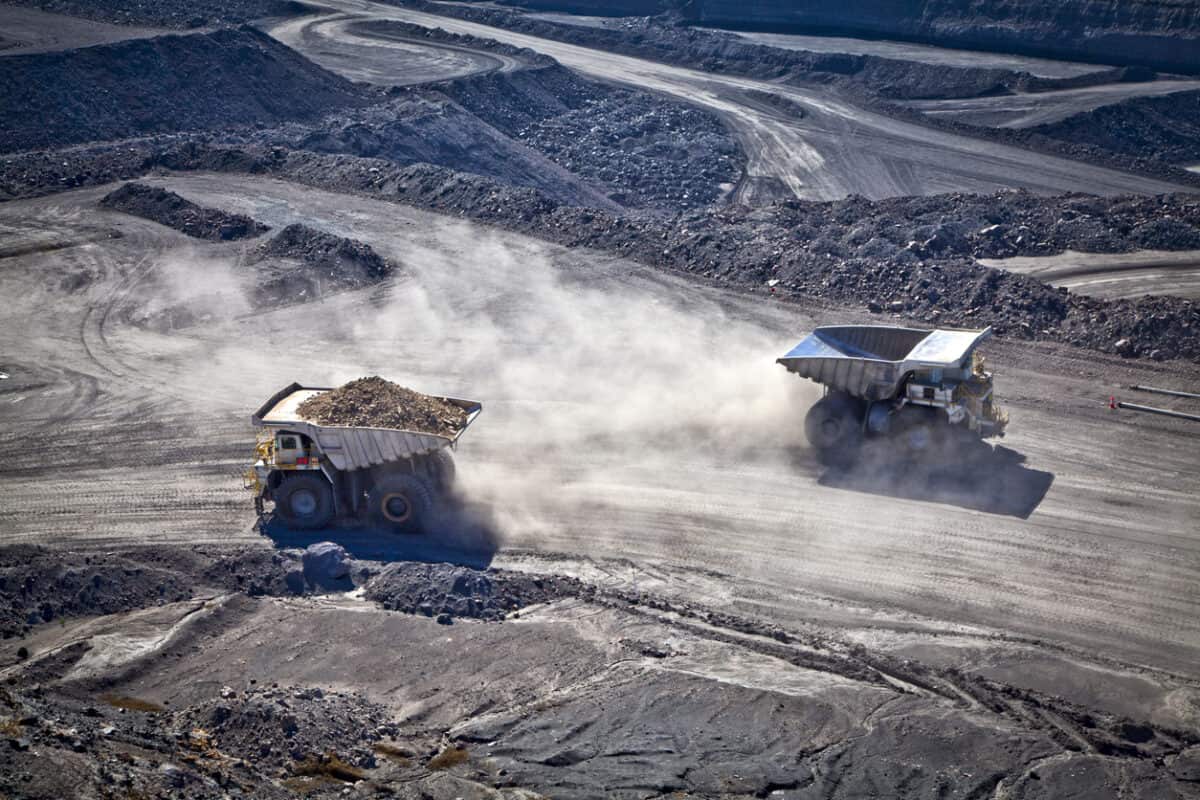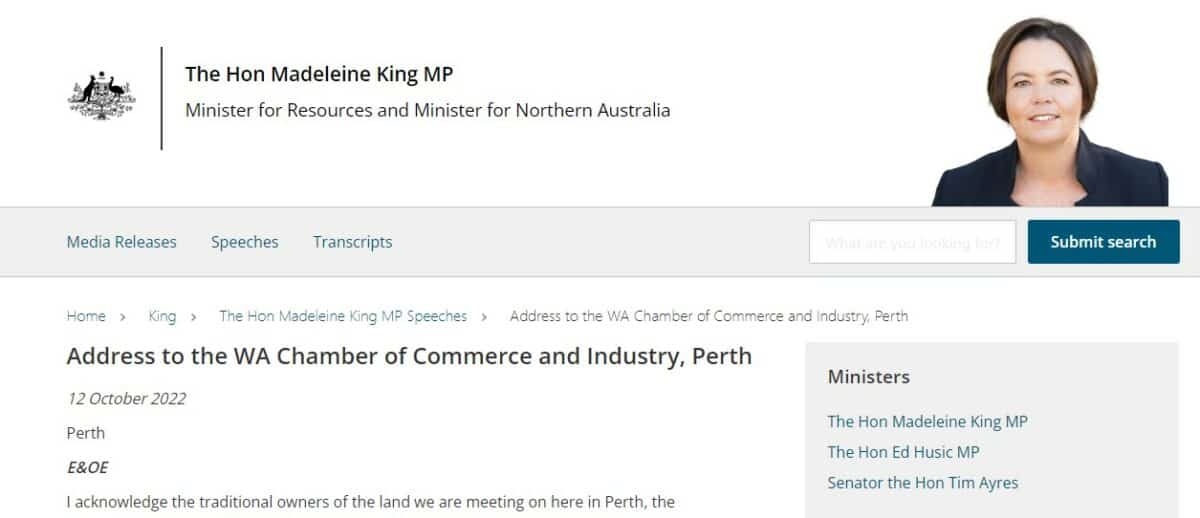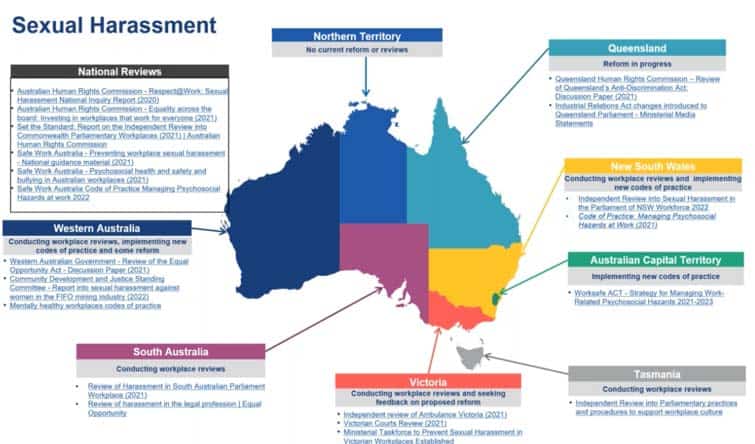It is always good to start a piece of writing with an attention-grabbing punch. Professor Andrew Hopkins‘ latest research paper does just that in his analysis of the 2020 Anglo-American Grosvenor coal mine explosion. He wrote:
“Senior management at Anglo believed that safety was never sacrificed to production. Their view was safety and productivity went hand in hand and that safety was “just not negotiable”. And yet the Board of Inquiry into the accident found that Grosvenor was producing coal at a rate that consistently exceeded the capacity of the drainage system to cope with the methane gas being released, with the result that “coal mine workers were repeatedly subject to an unacceptable level of risk”. How could senior managers believe that they were so safety conscious and yet be so blind to the most serious hazard facing underground coal miners?”
Page 2






